How to Battle Summer's Most Annoying Skin Problem
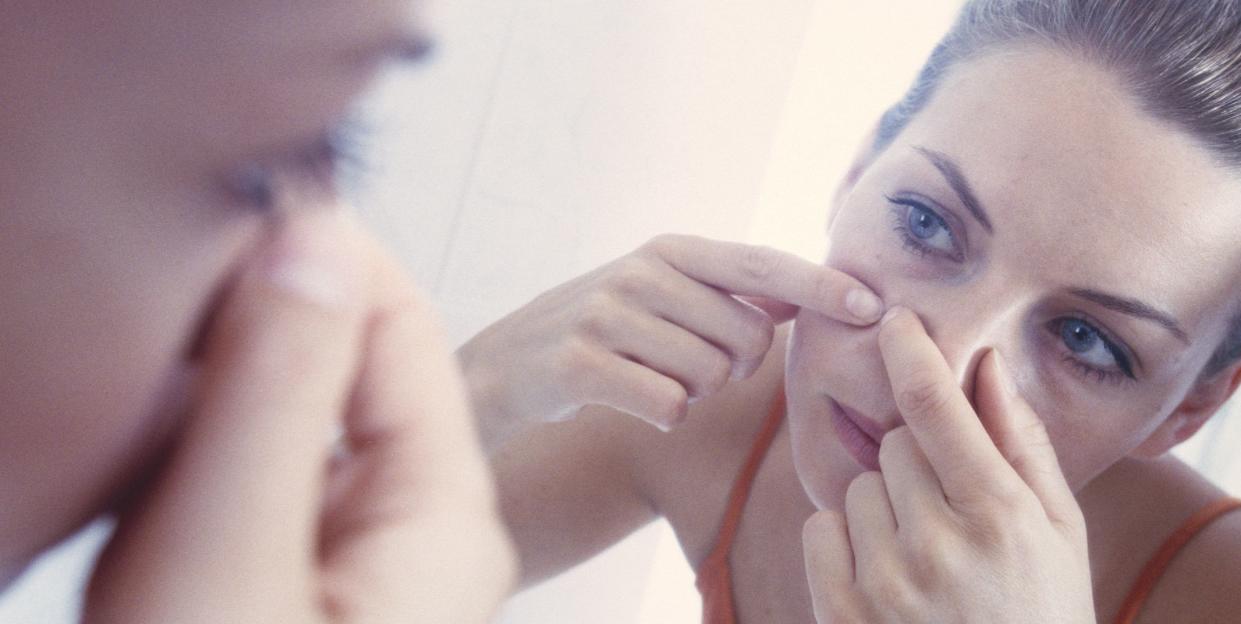
What Causes Chest Acne?
Chest acne can be caused by the same factors as face acne during the summer, wherein "the sun dries the water out of your skin, dehydrating it, which makes your oil glands overgrow and overproduce," Doris Day, a cosmetic dermatologist and author of Forget the Facelift, says. Chestne also tends to worsen in warmer months because of higher temperatures, pores clogging from sweat, using too thick of a sunscreen, friction from your clothing rubbing against your skin, and increased bacteria on your body, says Debra Jaliman, a cosmetic dermatologist in NYC and author of Skin Rules: Trade Secrets From a Top Dermatologist.
Unrelated to weather though, "the most common cause that we see is hormonal," adds Gary Goldenberg, M.D., a medical and cosmetic dermatologist in NYC. "The interesting thing is that hormones are always going up and down - unless you're on birth control," he says. "What happens is that as your hormones fluctuate - which often occurs before, during, and after your menstrual cycle, for example - your hair follicles [aka pores] produce more oil, creating a petri dish for P. acnes [bacterium on the skin] to grow, triggering inflammation, and resulting in a blemish."
Another reason for increased chest (and body) breakouts, according to Dr. Goldenberg: not showering immediately after exercising. "If you don't wash off the sweat and bacteria that builds up after working out, it's going to cause acne or exacerbate it," he explains. "When patients come in with a lot of body acne, I always ask if they eat or shower first after exercising. It's usually those who eat first who have more acne on their bodies, since they sit in their sweaty fitness clothing while doing so."
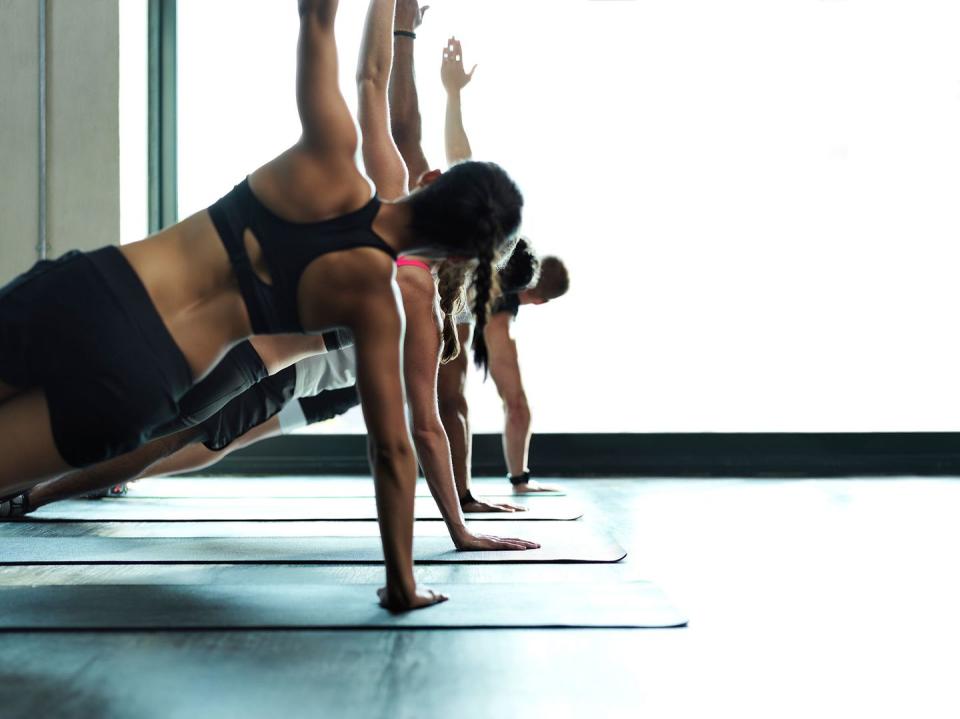
Diet can also trigger chest acne, much like it can on your face. While studies have gone back and forth on the relationship between diet and blemishes, the bottom line is: If you're breaking out on your body, it's smart to try and alter what you're eating - especially since certain foods can cause inflammation in your gut that can contribute to the problem, Dr. Goldenberg says. He suggests limiting or cutting out dairy (and opting for a non-dairy form of milk), eating meat and poultry that doesn't contain hormones or antibiotics, and consuming organic fruits and vegetables. Why? "Because any added hormones in food can change your own bodies hormones," he explains.

The above factors is why it's important to talk to your doctor about what might be causing your chestne. But keep in mind that not all bumps that crop up are pimples. For example, "you could mistake your chest acne for folliculitis [a skin condition that can show up on the chest] that looks like acne but is caused from a bacterial infection of your follicles," Dr. Day says. "Heat rash is another skin condition that crops up in summer and can also look like acne. It looks like the entire chest is covered with really tiny red bumps." So, again, see a dermatologist before you start treating the area.
So, How You Can Prevent These Pesky Pimples?
The problem with chest (and back) acne, Dr. Day says, is that it takes so much longer to fix than breakouts on your face, so prevention is key. Dr. Jaliman supports Dr. Goldenberg's point about showering post workout to get the bacteria off the skin's surface. However, if you can't change out of your clothing quickly or jump in the shower, throw a packet of towelettes in your gym bag and wipe down your chest, back, and anywhere else you tend to break out. All three derms also agree that exfoliating regularly with a physical exfoliator, like Acure Brilliantly Brightening Facial Scrub, or using an anti-bacterial, benzoyl peroxide, or salicylic acid wash, like Neutrogena Oil-Free Acne Facial Wash with Salicylic Acid, when you do shower also helps keep pores clear and the bacteria at bay.
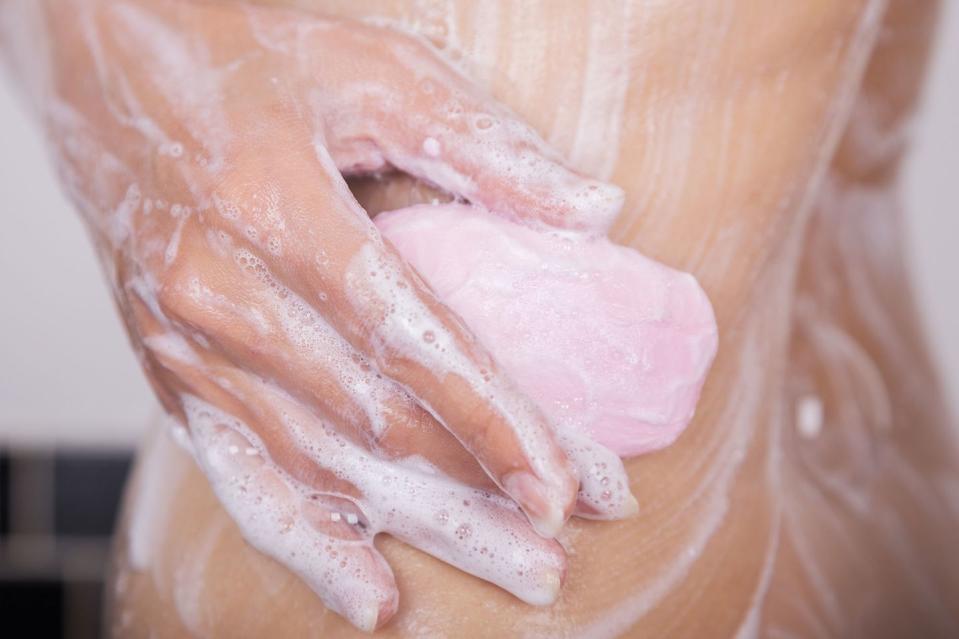
To keep bacteria at bay, Dr. Day recommends swiping your chest (and back) skin with a glycolic acid-laced pad, like Peter Thomas Roth Max Complexion Correction Pads, after you're done showering, so the skin-clearing ingredients stay on and work their magic. Next, make sure the skincare you're applying is thinner than the cream you used in the winter (gel formulas are sheer and perfect for summer), since your skin is already hydrated with natural oils due to higher temperatures. Try Simple Skincare Ultra-Light Gel Moisturizer.
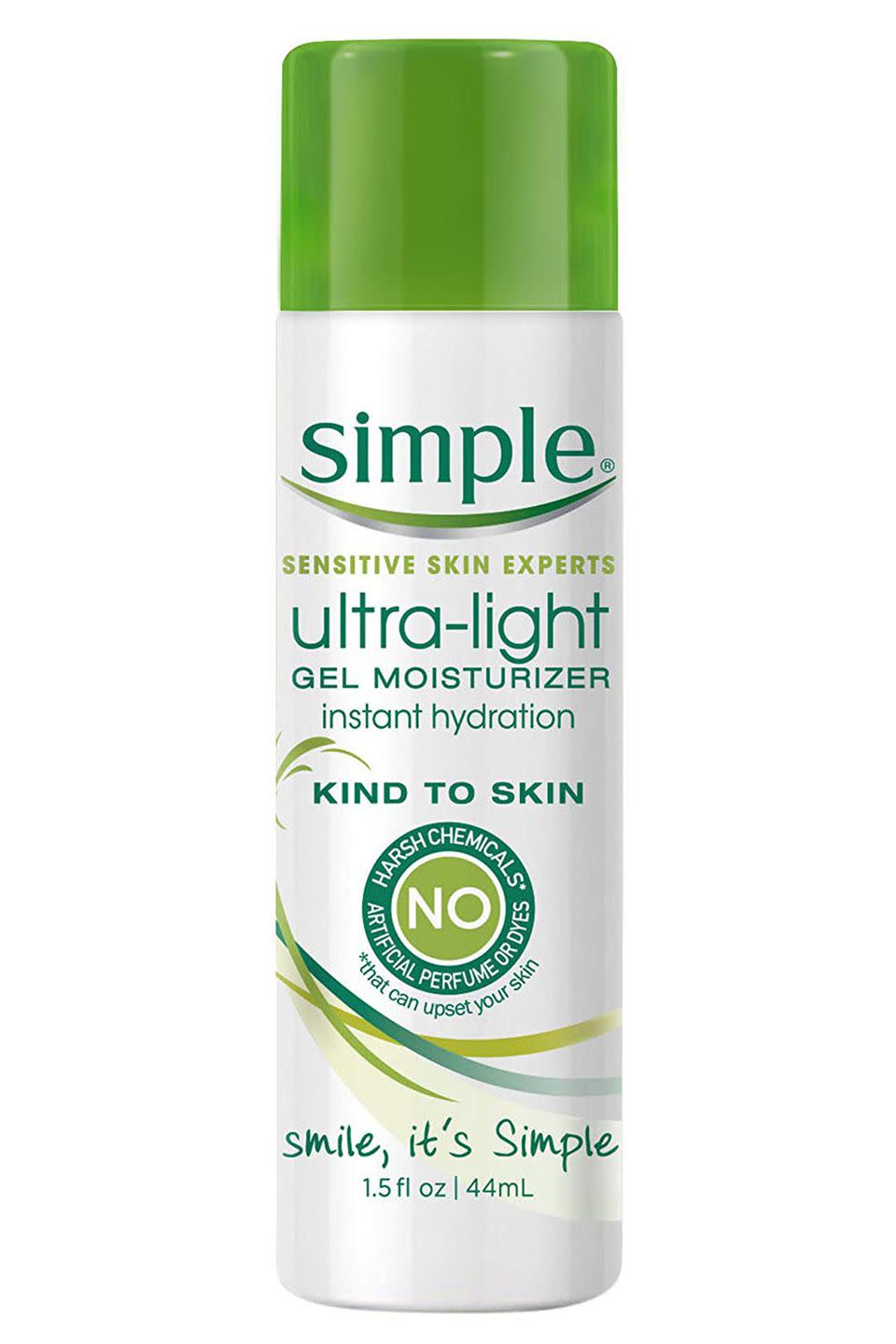
Then, when you're reapplying SPF in the summer, go for a lightweight version that's non-comedogenic, like one of these options. Dr. Day also recommends wiping your skin down (try L'Oréal Ideal Clean All Skin Types Makeup Removing Towelettes), in between applications to rid your skin of any sweat and bacteria that may have built up in the last couple hours.
Deeper than skin level, there's been a lot of talk about gut health in relation to breakouts, since you can help keep blemishes from manifesting on your skin by balancing the bacteria in your gut. "If you take in a lot of food that contains antibiotics, you're going to kill the flora [microorganisms that live in the digestive tracts of humans] in your gut or change it [to be unbalanced aka contain more bad bacteria than good], which is why taking a probiotic daily is so important," Dr. Goldenberg adds. "Look for the highest purity of probiotic and make sure it's multi-strain, 50 billion, for example , which will help restore the gut's balance. Try Goldenberg Dermatology Skinbiotic Advantage 50 Billion (call to inquire) or Renew Life Ultimate Flora Extra Care Probiotic 50 Billion.
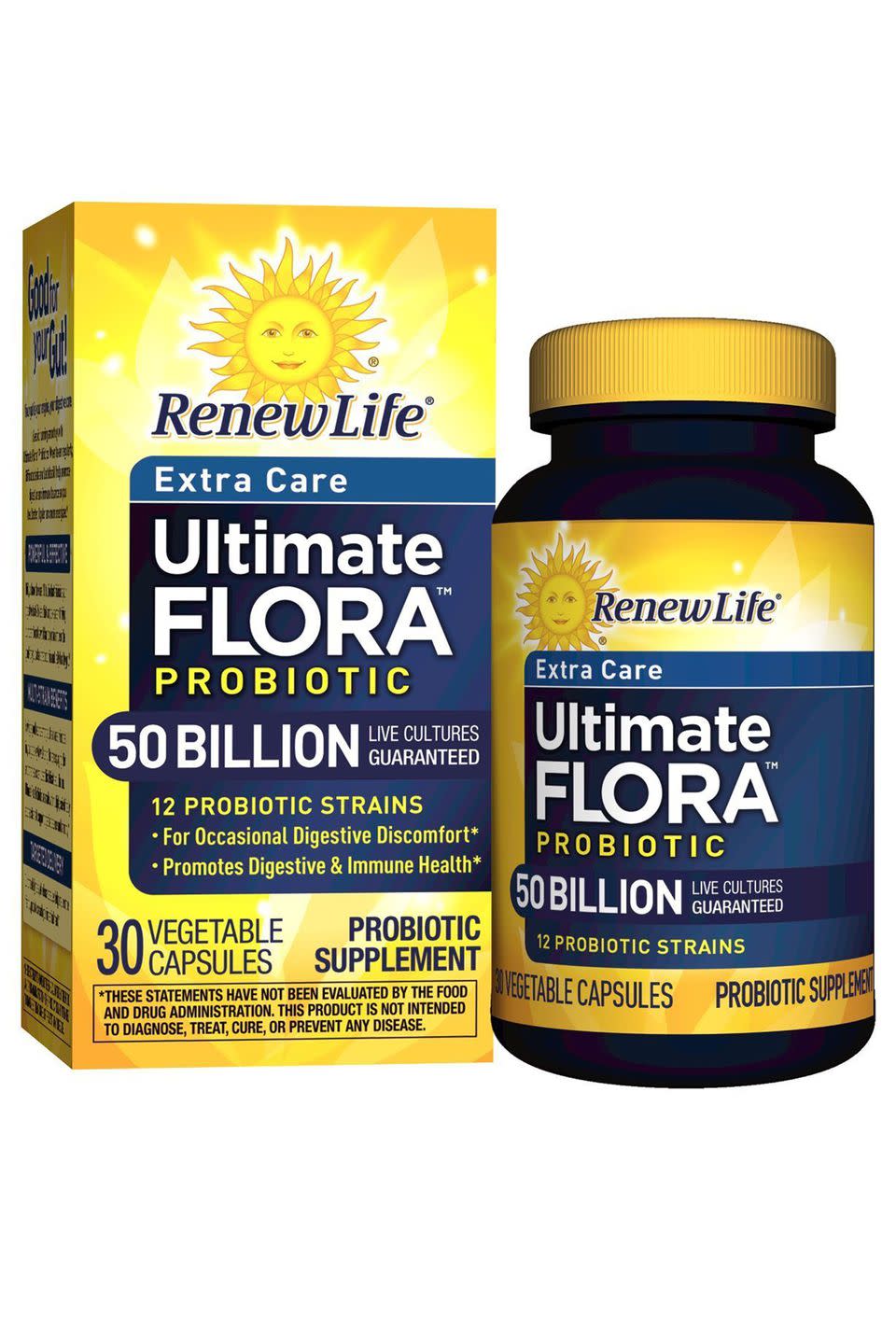
What You Can Do to Treat Them
First and foremost, don't pick or try to scratch off your pimples, Dr. Day says. "The chest (and back) are two areas on your body that heal more poorly and can scar easily, so hands off."
If you have chest acne, apply a leave-on benzoyl peroxide or salicylic gel on the affected skin, Dr. Jaliman says, or Differin 0.1 percent, which is an over-the-counter formula made for your face but can also be used your body. Or, you can use topical oregano oil on your trouble spots, like P73 Oil of Oregano, which kills the bacteria in your pimples, dries them up, and helps them heal, licensed aesthetician Mary Schook adds. Dr. Day also adds that retinols, like Retin-A or Tazorac, or antibacterial clindamycin gel - all which can be prescribed by your dermatologist - are also helpful when it comes to unclogging the pores. Just make sure to apply sunscreen on top of any retinoid if you're wearing it during the day, since it makes your skin sensitive to the sun." Start out using the prescription-strength potion once a week and if your skin doesn't get red or irritated, bump it up to two times a week.
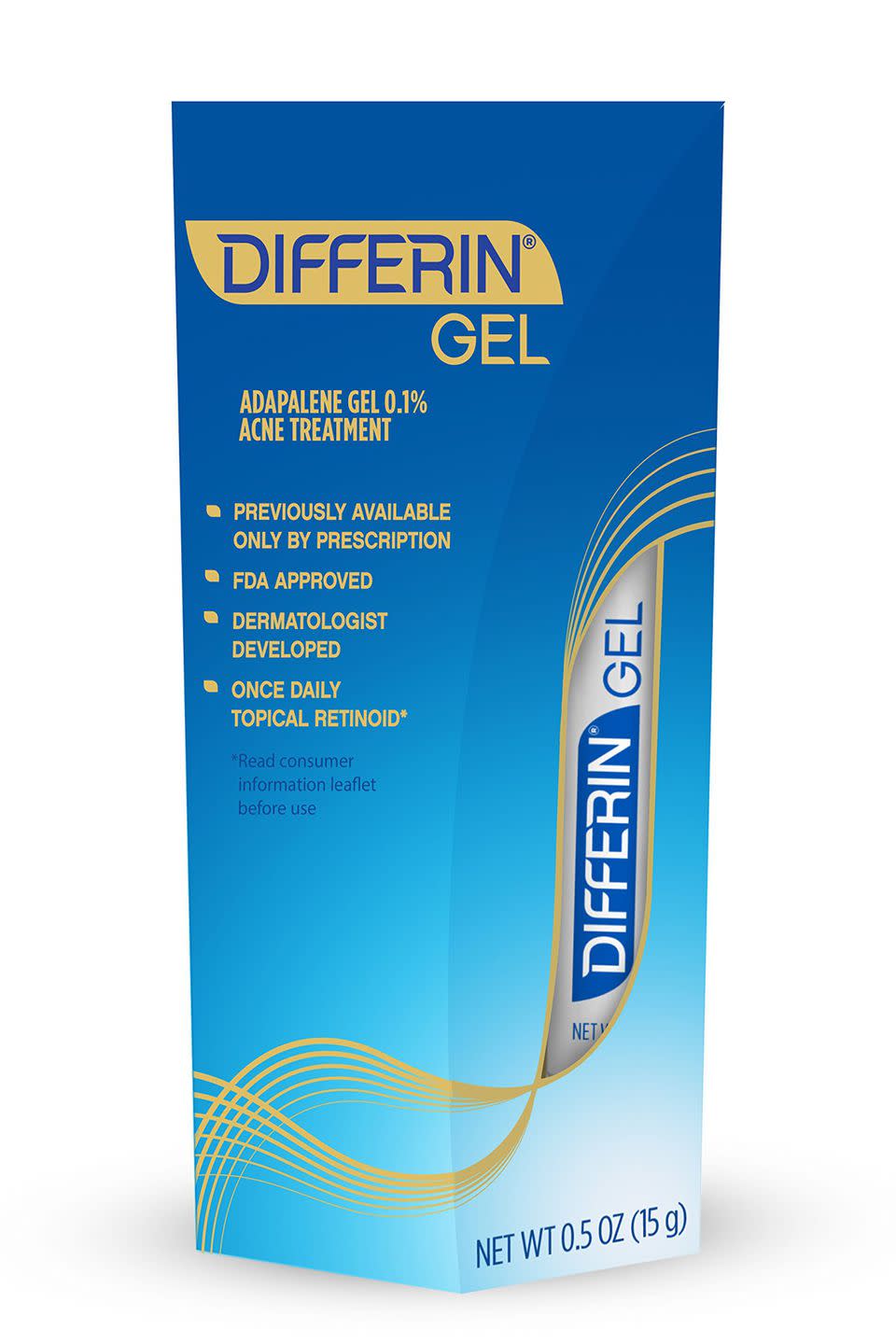
Wearing a strapless dress and need to conceal your chest acne stat? Use an oil-free salicylic acid-based foundation or BB cream to camouflage your trouble spots and treat them at the same time. Try Clinique Acne Solutions BB Cream Broad Spectrum SPF 40 in "Light" to "Deep."
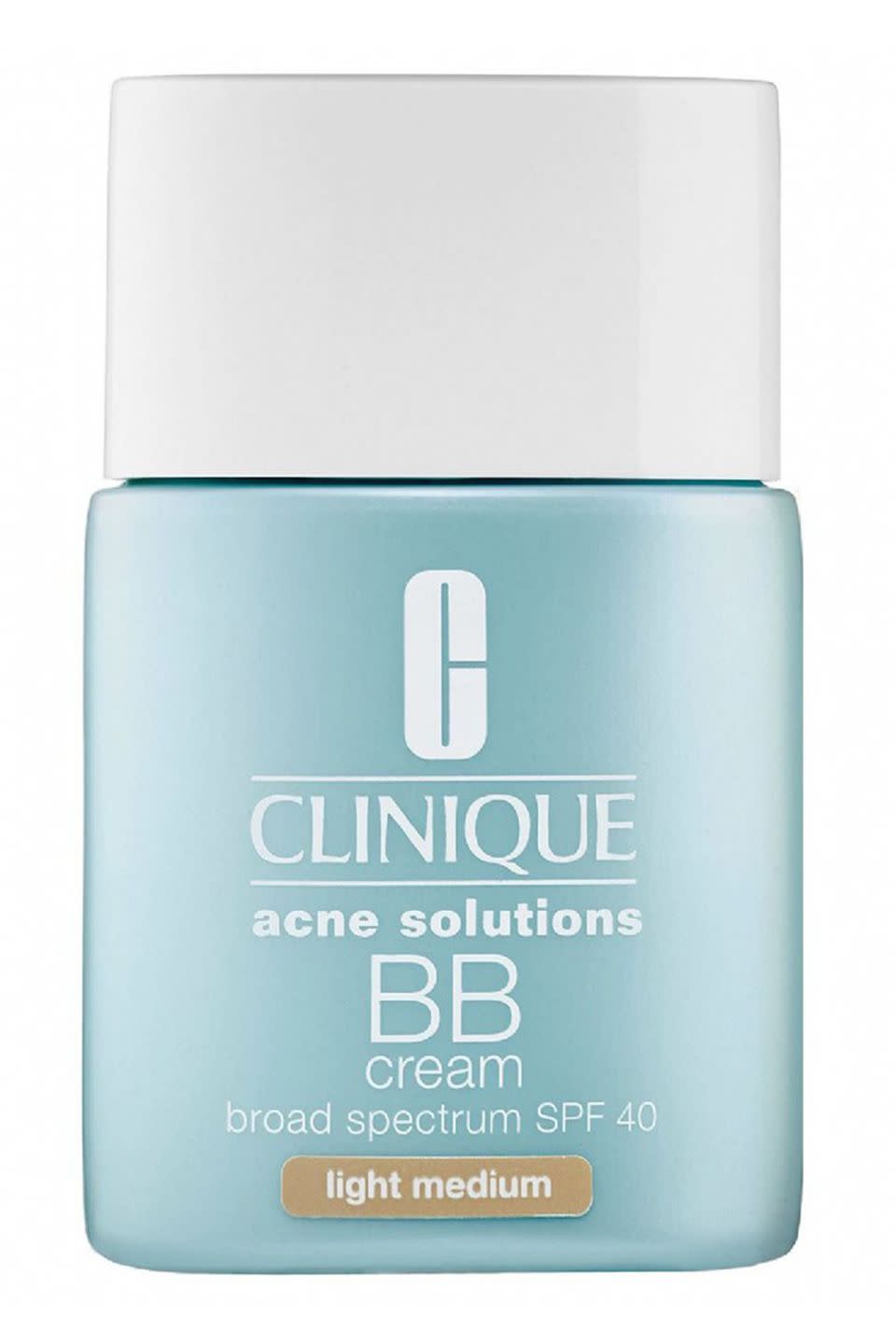
Follow Delish on Instagram.
You Might Also Like

